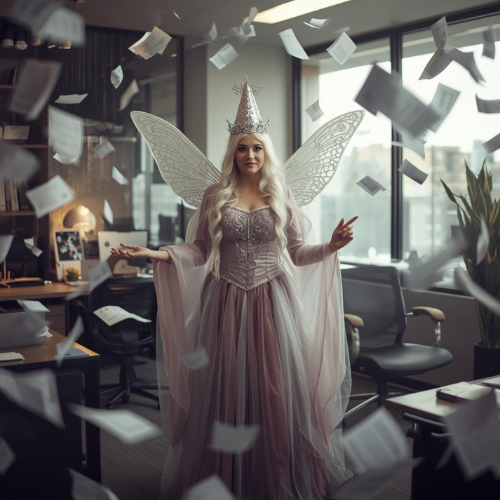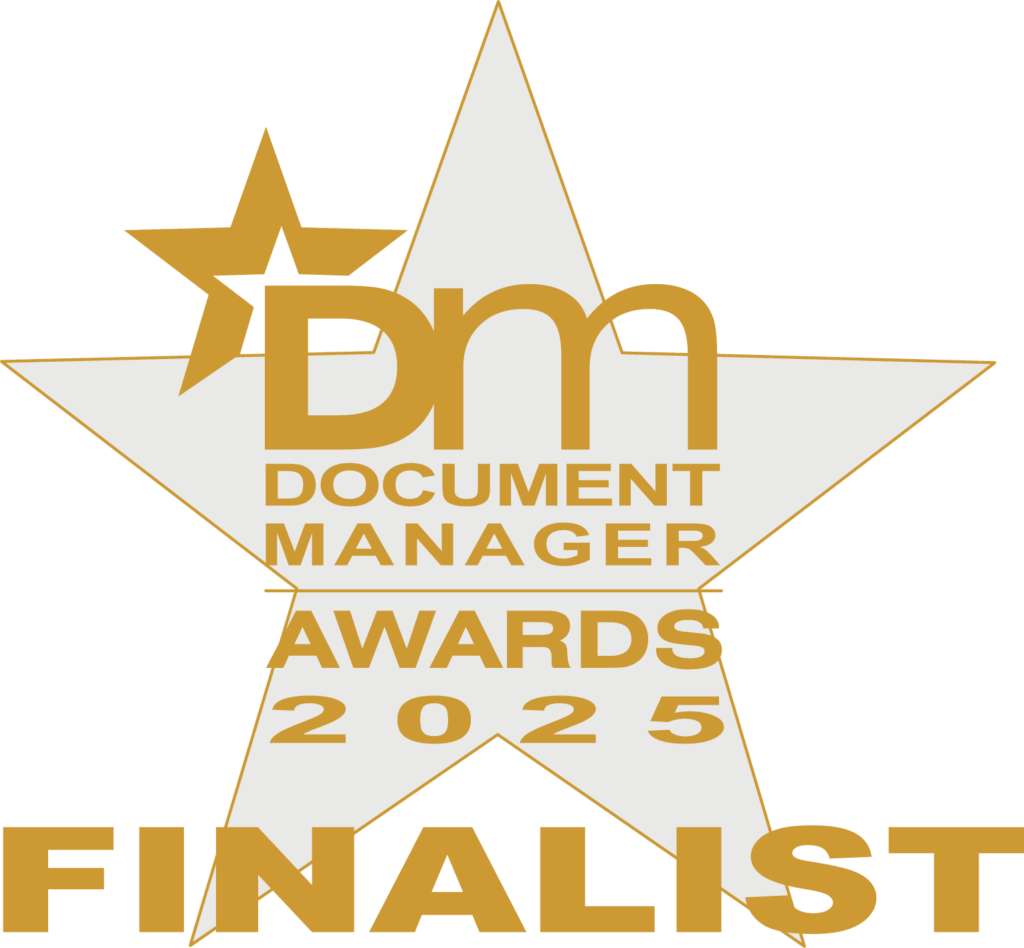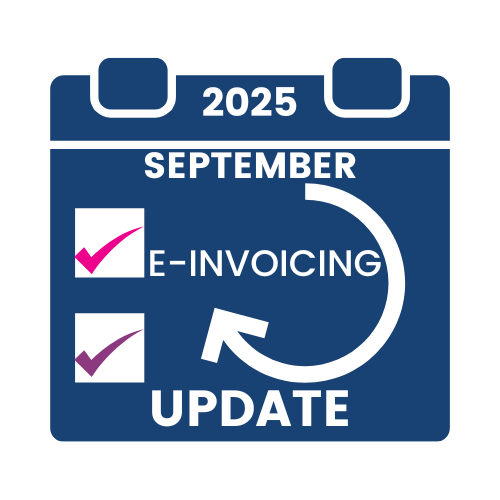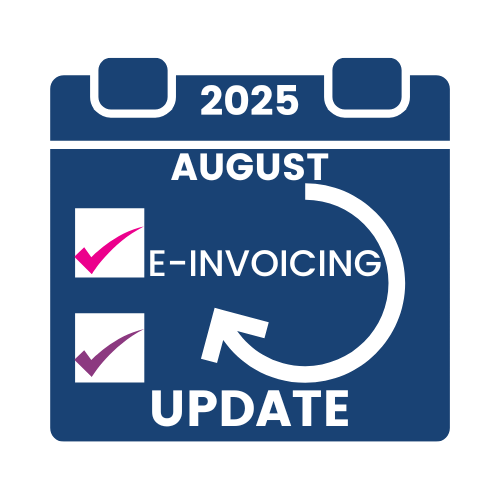Electronic invoicing, commonly referred to as e-invoicing, is the process of creating, sending, receiving, and processing invoices in a structured digital format. Unlike traditional paper invoices or emailed PDF invoices, true electronic invoices are generated and exchanged as data, not documents. This distinction is critical because structured invoice data can be automatically validated, routed, and posted into finance systems without manual intervention.
For example, instead of a supplier emailing a PDF invoice that must be opened, read, and manually entered into an accounts payable system, an e-invoice is transmitted directly into the buyer’s finance or ERP system in a machine-readable format such as XML. This enables straight-through processing, reduces errors, and significantly improves invoice processing efficiency.
As finance teams face increasing pressure to improve accuracy, speed, compliance, and visibility, e-invoicing has become a foundational element of modern invoice automation strategies.
What Makes E-Invoicing Different From PDFs and Email Invoices?
Many organisations believe they are already using e-invoicing because they send or receive invoices electronically via email. In reality, emailing PDF invoices is still a document-based process that relies heavily on manual effort or optical character recognition (OCR) to extract invoice data.
True e-invoicing uses structured digital data that systems can understand natively. This means invoice information such as supplier details, line items, tax values, and totals is transmitted in a standardised format that can be validated automatically. The result is faster processing, fewer errors, and greater confidence in financial data.
This distinction is increasingly important as tax authorities and regulators move away from document-based reporting and towards real-time digital transaction controls.
Why Invoice Automation and E-Invoicing Are Business-Critical
Faster Invoice Processing and Improved Cash Flow
Electronic invoicing dramatically reduces invoice cycle times. Invoices are issued and received instantly, without delays caused by printing, posting, scanning, or manual data entry. Automated validation and routing allow invoices to move through approval workflows more quickly, improving visibility and supporting more accurate cash flow forecasting.
For businesses processing high invoice volumes, these time savings translate directly into operational efficiency and stronger financial control.
Lower Costs Through Digital Invoice Processing
Manual invoice handling is costly. Printing, postage, storage, and human intervention all add up over time. By switching to e-invoicing and automated invoice processing, organisations reduce their reliance on physical materials and labour-intensive tasks.
Over time, the cost per invoice processed drops significantly, freeing budget and resources that can be reinvested into higher-value finance activities.
Greater Accuracy, Control, and Audit Readiness
Structured e-invoice data allows for automated checks against purchase orders, contracts, and tax rules. This reduces the risk of duplicate invoices, incorrect values, and compliance errors. Every step of the invoice lifecycle is logged, creating a clear audit trail that supports internal controls and external audits.
For finance leaders, this level of transparency improves governance and reduces exposure to financial and regulatory risk.
E-Invoicing and Global Tax Compliance
Governments around the world are introducing mandatory e-invoicing regulations to improve tax reporting, reduce fraud, and increase transparency. Many of these mandates require invoices to be submitted in real time or near real time, often through government-approved platforms or networks.
Implementing an e-invoicing solution now helps organisations stay ahead of regulatory change rather than reacting under pressure later. A compliant e-invoicing strategy reduces the risk of penalties, supports accurate VAT and tax reporting, and ensures invoices are archived correctly in line with local requirements.
Even in countries where mandates are not yet live, preparation is increasingly seen as a strategic advantage.
How True E-Invoicing Works in Practice
Structured Invoice Data Exchange
In a true e-invoicing model, invoices are exchanged as structured data between supplier and buyer systems, either directly or via a secure network. Formats such as XML allow invoice data to be interpreted automatically by finance and ERP systems without manual re-keying or OCR correction.
This enables straight-through processing for high volumes of invoices while allowing exceptions to be flagged and managed efficiently.
Validation, Authentication, and Archiving
E-invoices are validated for accuracy and completeness before being processed. This may include tax validation, duplicate checks, and digital signatures to ensure authenticity and integrity. Once processed, invoices are archived securely in accordance with local tax and audit regulations, ensuring long-term accessibility and compliance.
Integration With ERP and Finance Platforms
To unlock full value, e-invoicing should integrate seamlessly with existing ERP, accounts payable, and accounts receivable systems. This integration ensures consistent data flow across finance processes and supports automation beyond invoice receipt, including approvals, payments, and reporting.
Key Benefits of E-Invoicing Software
A robust e-invoicing solution delivers benefits across finance, operations, and compliance:
- Faster and more predictable invoice processing
- Reduced manual effort and processing costs
- Improved data accuracy and fewer exceptions
- Stronger compliance with global tax mandates
- Better supplier communication and fewer disputes
- Scalable digital workflows that support business growth
- Reduced paper usage and improved sustainability credentials
Together, these benefits make e-invoicing a core component of accounts payable automation and digital finance transformation.
Choosing the Right E-Invoicing Partner
Selecting the right e-invoicing provider is as important as choosing the technology itself. Key considerations include global network coverage, ease of ERP integration, mandate readiness, and the provider’s ability to adapt to changing regulatory requirements.
It is also important to assess automation depth. A strong partner should support not only invoice exchange, but also validation, exception handling, workflow management, reporting, and long-term archiving. Proven security standards and recognised compliance certifications provide additional assurance.
Most importantly, look for a partner with real-world experience in finance process automation who can offer guidance, not just software.
A Practical Roadmap to Getting Started With E-Invoicing
Successful e-invoicing implementations start with a clear understanding of current invoice processes. Mapping how invoices are received, approved, and archived helps identify inefficiencies and automation opportunities.
Defining clear objectives such as cost reduction, faster processing, or compliance readiness ensures the solution delivers measurable value. Many organisations begin with a single invoice flow, prove success, and then scale across suppliers, regions, or business units.
Ongoing measurement is essential. Monitoring metrics such as processing time, exception rates, and cost per invoice allows continuous optimisation and long-term improvement.
Why Choose Documation for E-Invoicing?
Documation combines deep expertise in invoice automation, finance transformation, and regulatory compliance to deliver e-invoicing solutions that work in the real world. With experience across accounts payable and accounts receivable processes, Documation supports organisations through every stage of their digital invoicing journey.
The approach is consultative and customer-focused, ensuring each solution aligns with business structure, systems, and compliance requirements. By combining technology with insight and guidance, Documation helps finance teams achieve faster processing, greater control, and long-term scalability.
Start Your E-Invoicing Journey
E-invoicing is no longer just a compliance requirement. It is a strategic opportunity to modernise invoice processing, reduce costs, and improve financial visibility.
Whether you are exploring electronic invoicing for the first time or looking to optimise an existing invoice automation solution, Documation can help you design and implement an approach that delivers measurable results.
Contact our team or book a demo today to see how Documation’s e-invoicing software can transform your finance processes.





